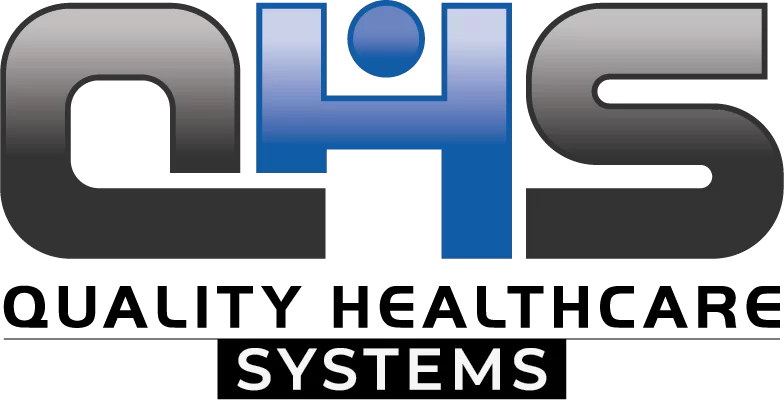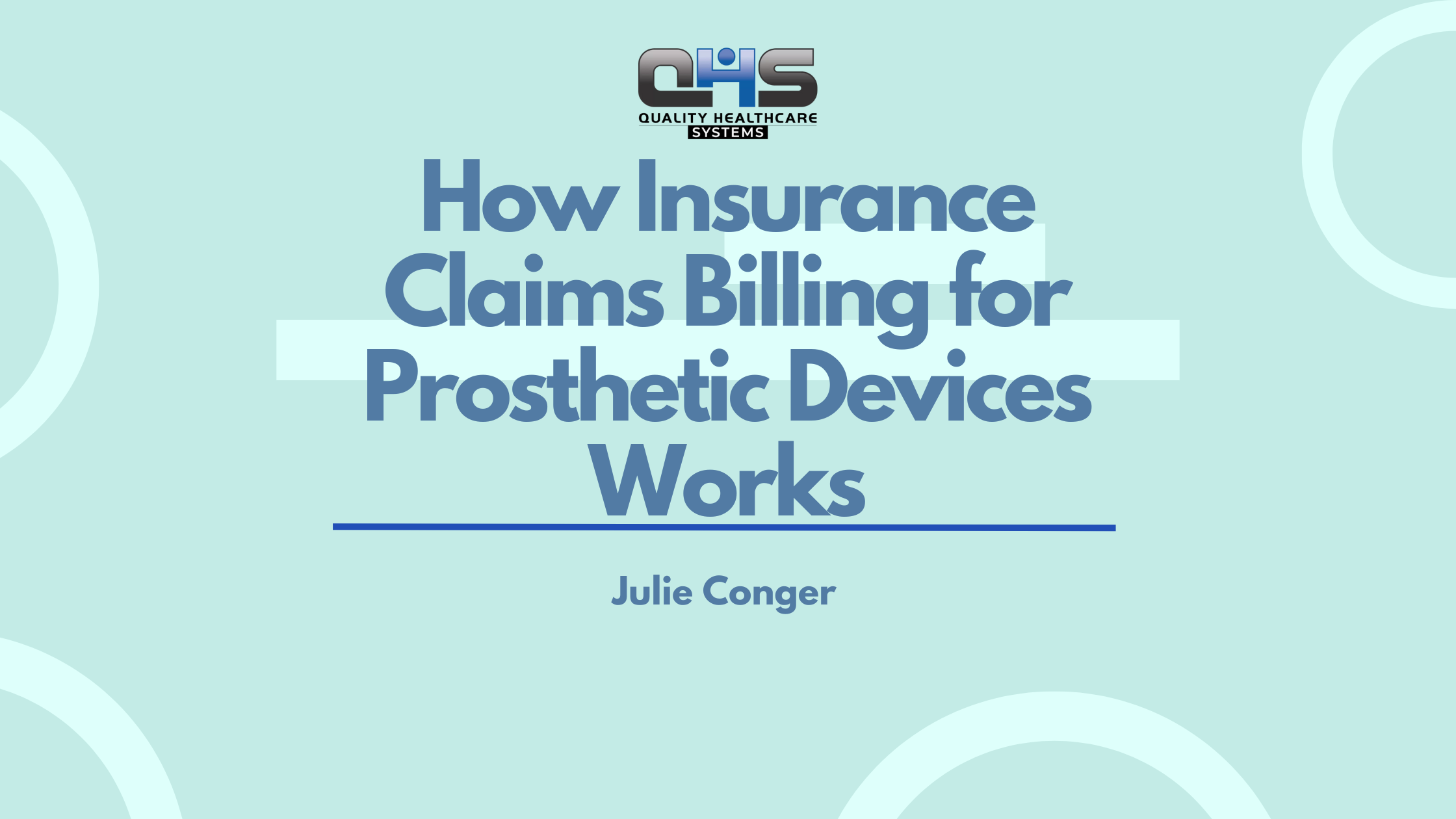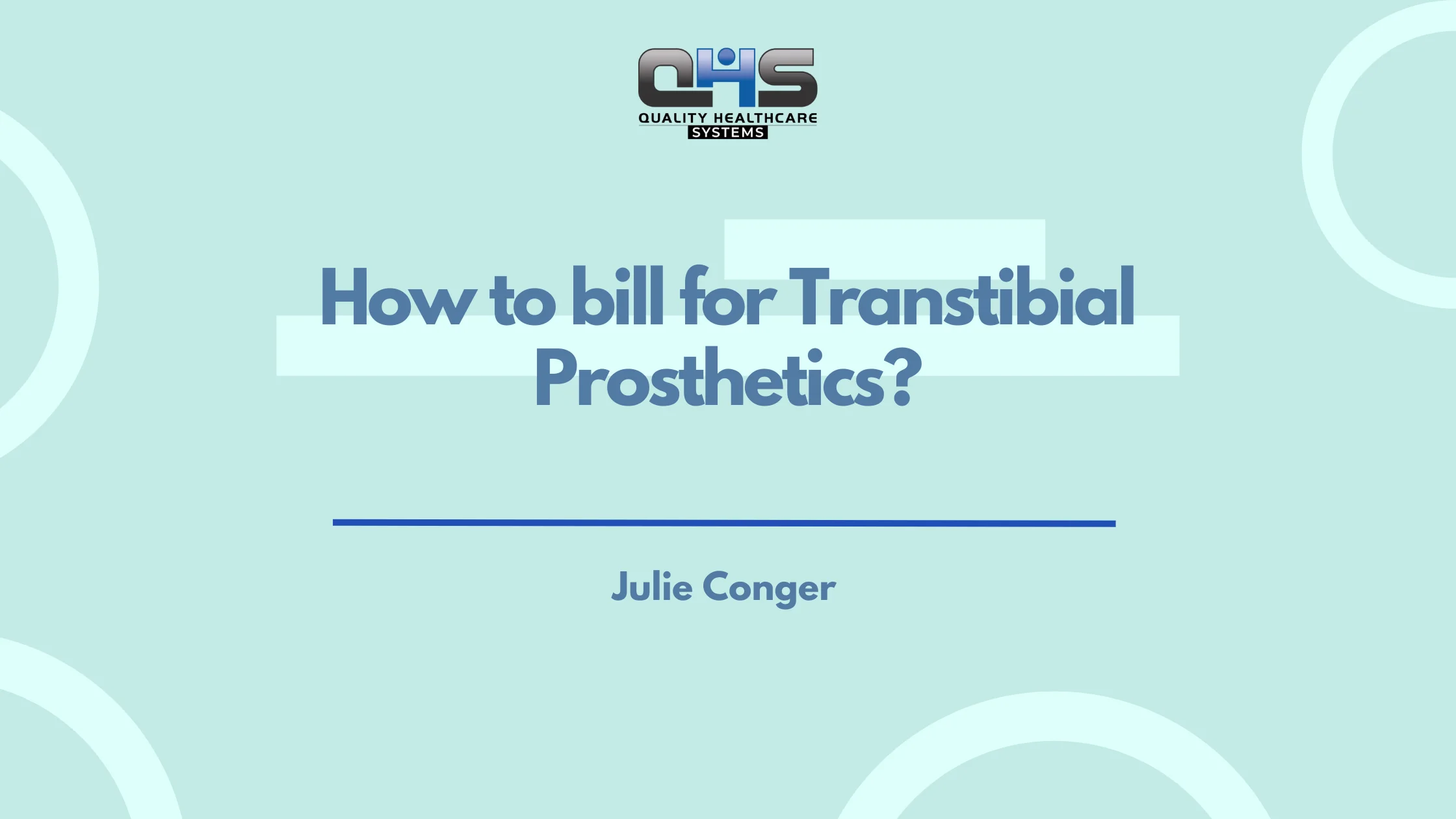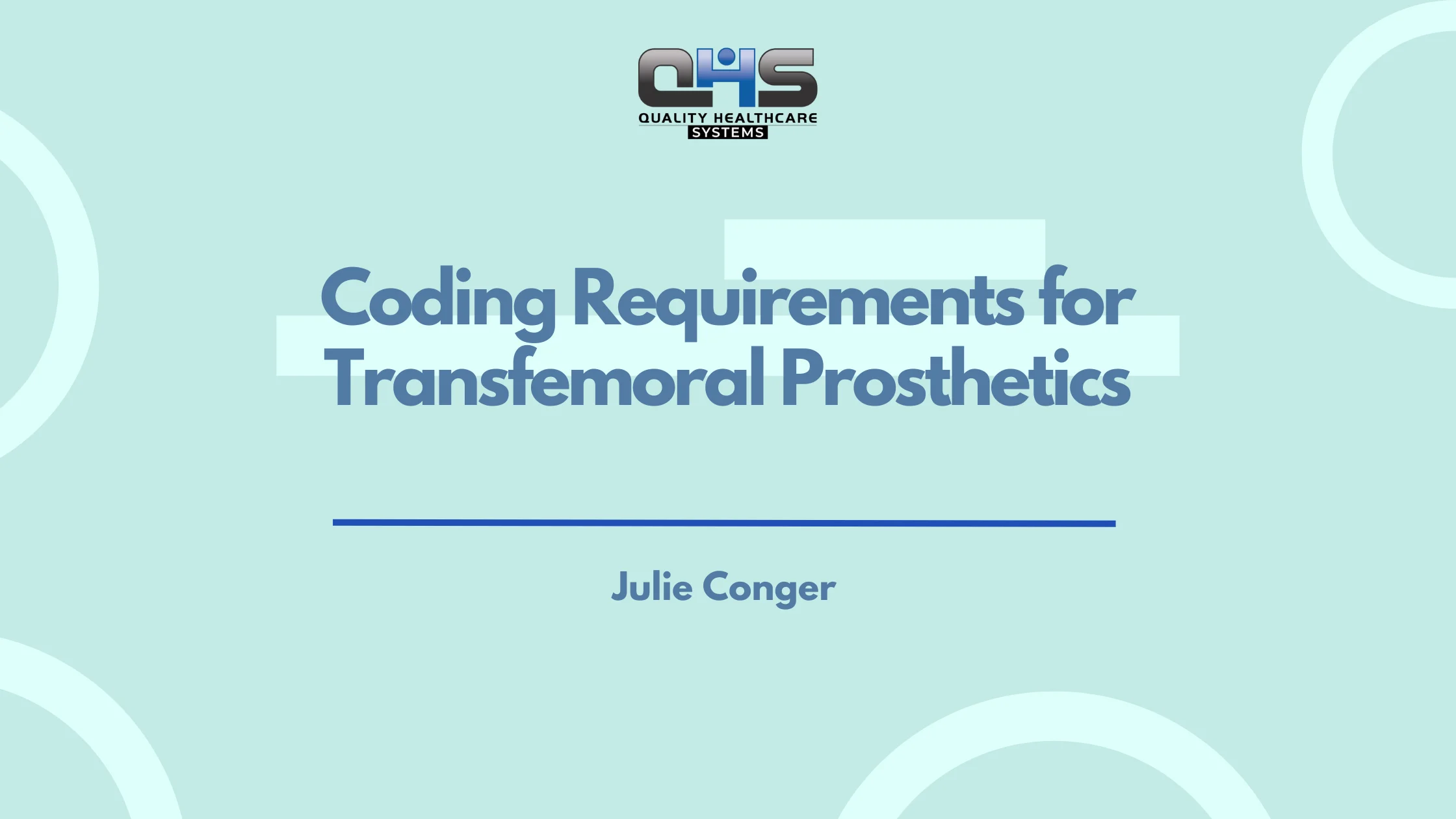Navigating insurance claims billing for prosthetic devices can be complex, but understanding the process ensures smooth reimbursement. Healthcare providers, prosthetists, and patients must follow proper coding, documentation, and compliance guidelines to avoid claim denials. This guide explains each step in detail, from verifying coverage to submitting claims and handling denials.
Basics of Prosthetic Device Insurance Billing
Insurance billing for prosthetic devices requires knowledge of medical codes, claim submission processes, and insurance coverage policies.
- Prosthetic device coverage: Most insurers cover medically necessary prosthetics, but policies vary.
- CPT & HCPCS codes: These codes classify prosthetic devices for insurance processing.
- Key stakeholders: Prosthetists, insurers, physicians, and billing specialists work together to ensure claims are approved.
HCPCS Code range L5000-L9900
| HCPCS Code Range | Category |
|---|---|
| L5000-L5020 | Partial Foot Prosthetics |
| L5050-L5060 | Ankle Prosthetics |
| L5100-L5105 | Below the Knee Prosthetics |
| L5150-L5160 | Knee Disarticulation Prosthetics |
| L5200-L5230 | Above the Knee Prosthetics |
| L5250-L5270 | Hip Disarticulation Prosthetics |
| L5280-L5341 | Endoskeletal Prosthetics, Lower Limbs |
| L5400-L5460 | Prosthetic Fitting, Immediate Postsurgical or Early, Lower Limbs |
| L5500-L5505 | Supply, Initial Prosthesis |
| L5510-L5600 | Supply, Preparatory Prosthesis |
| L5610-L5617 | Endoskeletal Prosthetic Additions, Lower Extremities |
| L5618-L5628 | Test Socket Prosthetic Additions, Lower Extremities |
| L5629-L5653 | Various Prosthetic Sockets |
| L5654-L5699 | Socket Insert, Suspensions, and Other Prosthetic Additions |
| L5700-L5703 | Replacement Sockets |
| L5704-L5707 | Custom-shaped Protective Covers |
| L5710-L5780 | Exoskeletal Knee-shin System Additions |
| L5781-L5783 | Vacuum Pumps, Lower Limb Prosthetic Additions |
| L5785-L5795 | Other Exoskeletal Additions |
| L5810-L5966 | Endoskeletal Knee or Hip System Additions |
| L5968-L5999 | Ankle and/or Foot Prosthetics and Additions |
| L6000-L6026 | Partial Hand Prosthetics |
| L6050-L6055 | Wrist Disarticulation, Hand Prosthetics |
| L6100-L6130 | Below Elbow, Forearm and Hand Prosthetics |
| L6200-L6205 | Elbow Disarticulation, Forearm and Hand Prosthetics |
| L6250-L6250 | Above Elbow, Forearm and Hand Prosthetics |
| L6300-L6320 | Shoulder Disarticulation, Arm and Hand Prosthetics |
| L6350-L6370 | Interscapular Thoracic, Arm, and Hand Prosthetics |
| L6380-L6388 | Prosthetic Fitting, Immediate Postsurgical or Early, Upper Limbs |
| L6400-L6570 | Molded Socket Endoskeletal Prosthetic System, Upper Limbs |
| L6580-L6590 | Preparatory Prosthetic, Upper Limbs |
| L6600-L6698 | Upper Extremity Prosthetic Additions |
| L6703-L6882 | Terminal Devices and Additions |
| L6883-L6885 | Replacement Sockets, Upper Limbs |
| L6890-L6915 | Hand Restoration Prosthetics and Additions |
| L6920-L6975 | External Power Upper Limb Prosthetics |
| L7007-L7045 | Electric Hand or Hook and Additions |
| L7170-L7259 | Electronic Elbow and Additions |
| L7360-L7368 | Batteries and Accessories |
| L7400-L7405 | Additions for Upper Extremity Prosthetics |
| L7499-L7499 | Upper Extremity Prosthetics, Not Otherwise Specified (NOS) |
| L7510-L7520 | Prosthetic Repair |
| L7600-L7600 | Prosthetic Donning Sleeve |
| L7700-L7700 | Gasket or Seal with Prosthetic |
| L7900-L7902 | Penile Prosthetics |
| L8000-L8039 | Breast Prosthetics and Accessories |
| L8040-L8049 | Facial and External Ear Prosthetics |
| L8300-L8330 | Hernia Trusses |
| L8400-L8485 | Prosthetic Sheaths, Socks, and Shrinkers |
| L8499-L8499 | Unlisted Prosthetic Procedures |
| L8500-L8515 | Voice Prosthetics and Accessories |
| L8600-L8600 | Prosthetic Breast Implant |
| L8603-L8607 | Bulking Agents |
| L8608-L8629 | Implantable Eye and Ear Prosthetics and Accessories |
| L8630-L8659 | Implantable Hand and Feet Prosthetics |
| L8670-L8670 | Vascular Implants |
| L8678-L8689 | Implantable Neurostimulators and Components |
| L8690-L9900 | Miscellaneous Orthotic and Prosthetic Services and Supplies |
Insurance Eligibility & Documentation Requirements
Verifying Coverage Before Billing
Before proceeding, confirm that the patient’s insurance covers prosthetic devices:
- Check policy details to determine deductibles and limitations.
- Obtain prior authorization for expensive or custom prosthetics.
- Ensure the prosthetic meets medical necessity requirements outlined by the insurer.
Required Documentation for Claims
Accurate documentation is essential for successful claims:
- Physician’s prescription stating the need for a prosthetic device.
- Medical necessity letter explaining why the device is required.
- HCPCS coding details to classify the prosthetic correctly.
- Detailed invoice showing cost breakdown.
Step-by-Step Billing Process for Prosthetic Devices
Understanding the billing process for prosthetic devices ensures timely reimbursements and minimizes claim denials. Proper documentation, accurate coding, and adherence to insurer guidelines are crucial for successful claims. Below is a structured breakdown of the process:
1. Initial Assessment & Authorization
- The prosthetist evaluates the patient’s needs.
- Documentation is sent to the insurer for prior authorization.
2. Claim Submission
- The provider submits the claim with HCPCS and CPT codes.
- Supporting documents (medical necessity letter, invoice) are attached.
3. Insurance Review & Reimbursement
- The insurer reviews the claim for compliance and coverage eligibility.
- If approved, reimbursement is issued to the provider or patient.
4. Handling Claim Denials
If a claim is denied:
- Review the denial reason provided by the insurer.
- Correct errors in coding or documentation.
- Resubmit the claim with additional justification.
- File an appeal if the claim is wrongly denied.
Common Challenges in Billing Prosthetic Devices
Billing prosthetic devices is complex due to strict coding requirements, documentation standards, and insurance policy limitations. Errors in these areas can lead to claim denials, reimbursement delays, or audits, making it crucial for providers to navigate these challenges effectively.
Coding Errors & Claim Rejections
- Incorrect HCPCS or CPT codes lead to immediate claim denials.
- Upcoding (overbilling) or undercoding (misclassification) can result in audits or delays.
Insufficient Medical Necessity Documentation
- Vague or missing justifications result in rejected claims.
- Insurers require a detailed medical necessity letter from a licensed physician.
Insurance Policy Limitations
- Some policies have annual coverage limits for prosthetic devices.
- Pre-existing condition clauses may impact reimbursement eligibility.
Best Practices for Successful Claims Processing
Ensuring smooth prosthetic billing claim processing requires strategic actions. Healthcare providers must focus on accuracy, compliance, and efficiency. Following these best practices helps reduce denials and improves reimbursement rates.
Accurate Coding & Compliance
- Use correct HCPCS codes to classify prosthetic devices accurately.
- Follow billing compliance regulations to avoid fraud accusations and audits.
Regular Follow-Ups with Insurance Providers
- Monitor the claim status through the insurer’s online portal.
- Contact the payer proactively for claim updates and issue resolution.
Working with Experienced Medical Billers
- Outsource to billing specialists to improve accuracy and compliance.
- Implement medical billing software to streamline claim tracking and management.
How QHS Can Help with Prosthetic Billing
At Quality Healthcare Systems, we specialize in prosthetic device billing services, ensuring accurate claim submissions and faster reimbursements. Our experts handle insurance verification, prior authorization, claim submission, denial management, and appeals to minimize denials and maximize payouts. We also provide billing services for small practices and comprehensive revenue cycle management to optimize financial performance. With QHS, healthcare providers and prosthetists can focus on patient care while we efficiently manage the complex billing process.
Conclusion
Mastering insurance claims billing for prosthetic devices requires precise documentation, accurate coding, and proactive claim management. By following best practices, healthcare providers can reduce denials and ensure timely reimbursements. Working with experienced medical billers can further optimize the process.






